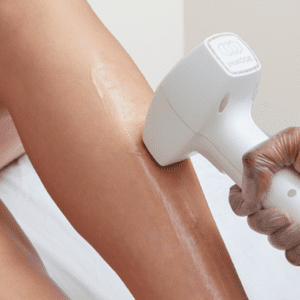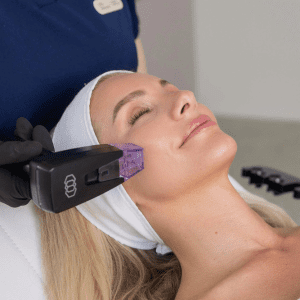
Melasma: What is it?
Brown or grey-brown spots develop on the face, particularly on the cheeks, forehead, upper lip, and chin, due to melasma, which creates persistent skin pigmentation. The condition affects women more often, especially during pregnancy and oral contraceptive use, while sun exposure tends to trigger or worsen its development.
The repetitive nature of melasma may affect self-esteem as well as impact daily functioning together with its visual effects. The doctors at Rasa Derm create individualized plans to address skin discolouration and achieve skin tone balance by employing modern medical-grade treatment solutions.
Why Do People Get Melasma?
This develops from excessive melanin production within the skin tissues, which stems from various internal and external factors. The most common factors that trigger melasma include:
Sun Exposure
Melanin formation intensifies when UV radiation stimulates melanocytes to produce more pigment, which deepens existing skin pigmentation. Daily sunscreen protection prevents any minor sun exposure from causing a flare-up.
This develops when melanocyte activity becomes disrupted by pregnancy, oral contraceptives, hormone replacement medication, or thyroid conditions. Medical professionals often refer to this condition as ”the mask of pregnancy” because of its link to pregnancy.
The risk of developing melasma increases for individuals with medium to dark skin tones when there is a family history of the condition. Some individuals develop pigmentary changes due to natural genetic factors in their bodies.
The prolonged experience of stress leads to elevated cortisol levels, which in turn intensifies it by triggering hormonal imbalances and inflammatory responses.
The combination of UV radiation with excessive heat from cooking or hot showers and saunas or infrared light can worsen it through its effects on melanocyte activity and inflammatory pathways.
The skin experiences inflammation when exposed to harsh exfoliants and alcohol-based toners along with dermabrasion procedures, which can lead to post-inflammatory hyperpigmentation that looks similar to or makes melasma worse.
Studies have shown that computers and smartphones, along with tablets, produce high-energy visual (HEV) light, which enhances melanin production in specific skin types when environmental factors combine.
Procedures such as laser treatments and peels and faces that lack proper sun protection before and after treatment may cause rebound pigmentation. Heat and UV rays make this sensitive skin more reactive.
Our treatment approach for melasma includes both clinical procedures and home care methods to decrease pigment formation and enhance skin tone while stopping future occurrences.
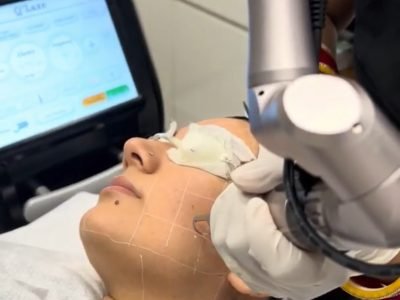
Laser Toning
Gentle laser pulses break down excess melanin in the deeper layers of the skin.
- Session Duration: 20–30 minutes
- Sessions Required: 6–8 sessions
- Gaps Between Sessions: 2–3 weeks
- Results In : Brightened skin, Lightened patches

Chemical Peels
Medical-grade peels exfoliate the top layers of the skin, removing damaged, pigmented.
- Session Duration: 30 minutes
- Sessions Required: 3–5 sessions
- Gaps Between Sessions: 2–4 weeks
- Results In : Smoother texture, Faded pigmentation
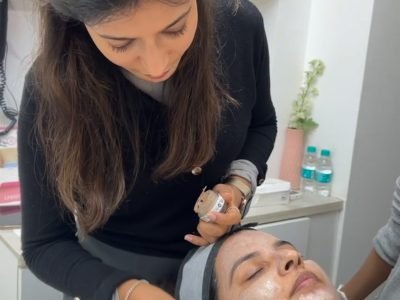
Cosmelan Peel
A powerful depigmentation treatment designed for deep, stubborn melasma.
- Session Duration: 45 minutes (clinic mask) + home care
- Sessions Required: 1–2 sessions + 3-month home care
- Gaps Between Sessions: 4–6 weeks (if repeated)
- Results In : Even skin tone, Reduced melanin activity
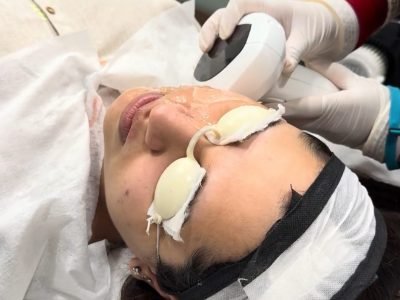
Lumecca Photo Facial
Intense pulsed light reduces pigmentation and boosts radiance.
- Session Duration: 30–45 minutes
- Sessions Required: 3–5 sessions
- Gaps Between Sessions: 3–4 weeks
- Results: Brighter, Even-toned skin
Your dermatologist at Rasa Derm will first assess the depth and type of melasma using a detailed skin evaluation. Based on this, a custom treatment plan—often combining clinical sessions with brightening skincare and sun protection—will be created. Our approach is gentle, effective, and designed for long-term pigment control with minimal downtime.




